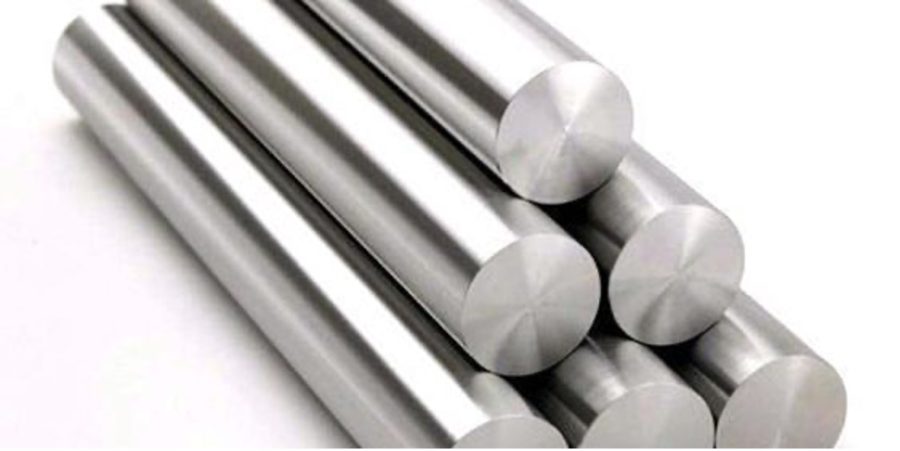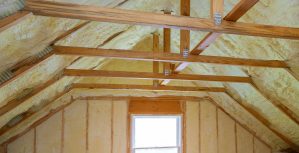Machining Steel vs Aluminum, Which is Better For Your Project
CNC machining has evolved to become an essential tool in machining of complex parts. With computerized system designers now have more control over their design and complex shapes are attainable. However, there is a multitude of factors that govern the final results: material selection is one of those key factors as it determines whether the design, geometry and machinery are inclusive enough or not. The most common materials for CNC machining are undoubtedly steel and aluminum, but there is a plethora of reasons for why steel and aluminum are vigorously compared for projects. Machining steel vs aluminum must be a point of consideration among projects stakeholders as it ripples down to impact the performance of machinery and subsequent processes.
DENSITY:
The weight of the material could become pivotal with respect to the industry. An application – where inertia plays an important role in operation – will not allow low weight material such as aluminum but on contrary aluminum is preferred to balance the weight to power ratio in automotive industry: it implies that material selection will be relative rather absolute. Metal machining is more facile for light materials and that makes the aluminum a preferred choice for machining but a holistic evaluation is required to define the relationship between weight and other factors.
STRENGTH:
During the course of fabrication, material has to withstand various external forces: in some cases tool is the sources of such forces while in others it’s the nature of application. For instance, the rod of pneumatic cylinders is usually composed of stainless steel, the evident reason being the high tensile and compression strength however the body of cylinder is aluminum based as it ought to be lighter and does not require high shear or tensile strength. The strength of the material must be compared against the maximum load incurred during CNC machining and product’s operation.
CORROSION:
The corrosion resistance is a key driver when considered in context to its application. Regulatory authorities and other organizations require corrosion free machinery in hygienic areas – such as food and pharmaceutical industry. The corrosion resistance of steel is higher than that of aluminum, however aluminum also withstand corrosion but is incompatible with salts – high porosity emerges as a key reason for such incompatibility. On contrary, steel has a low porosity which allows it to withstand harsh applications and is less vulnerable to corrosion. However, such materials require more controlled tool movement as steel lies in the list of tough materials on which machining is less facile.
MACHINABILITY:
The material selection cannot be done in isolation as project deliverables could advocate for a tough material but on the other side CNC machining could be a potential challenge for such selection. As mentioned above stainless steel offers higher toughness and corrosion resistant but lower machinability. The tool choice become more limited with a corresponding increment in labor time and power consumption. There are however grades of steel that are relatively easier for CNC machining, such as Carbon steel. The grades with lower machinability include alloyed steel such as Stainless steel which has machinability going down to less than 50%. On contrary aluminum is considered as easy-to-machine material and pose less operational challenges. In some grades aluminum offers machinability rating of more than 100% which makes it an excellent choice for application where complex shapes are produced in shorter time period.
COST:
The raw material cost varies sharply over the continuum of material grades. While choosing the material for CNC machining, cost of raw material is closely aligned with the project budget. In several cases, a huge proportion of cost is dedicated to the material and choosing material with redundant properties will cause a cost spillover. The cost of aluminum is much higher than that of steel for which stakeholders consider steel as a feasible option, however in few industries, there is no choice but to use aluminum. The cost drivers must be evaluated with a peripheral vision and taking into account the entire machining cost, production rate and raw material cost. For instance, aluminum is expensive but easy to machine that allows aluminum machining at a lower cost; while steel is cheaper and deem to be a good fit where raw material cost is high.
Conclusion
The aforementioned factors are few of the numerous factors that govern the CNC machining process. It is well defined that material related variables significantly impact the final product. It can even fail the entire project if CNC machining is not optimized with respect to application and dimensional tolerances.
There are instances in which product is intended to be made with casting and a prototype is made on CNC, in such cases the factors of material selection will have different role. The CNC machining process is essentially an integrated process with different variables impacting the final product in different ways. Therefore project stakeholders must adopt an integrated approach to select the material for their product.
Share It on :





